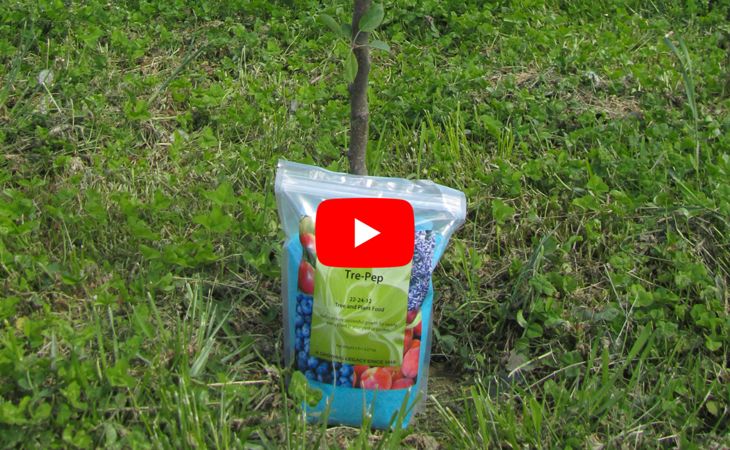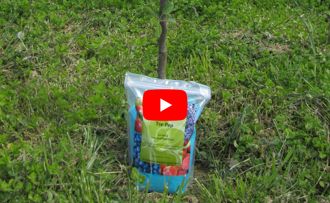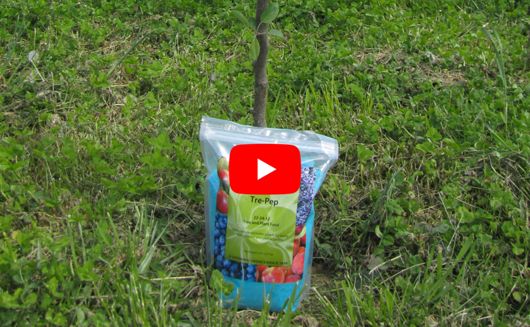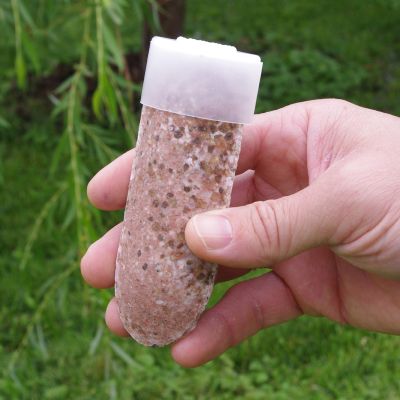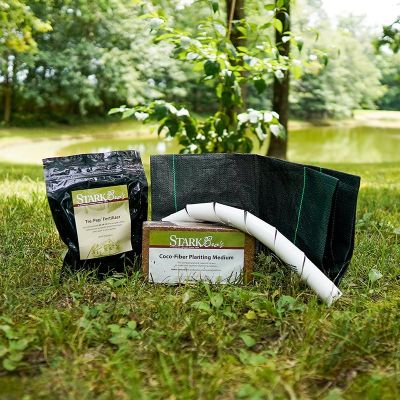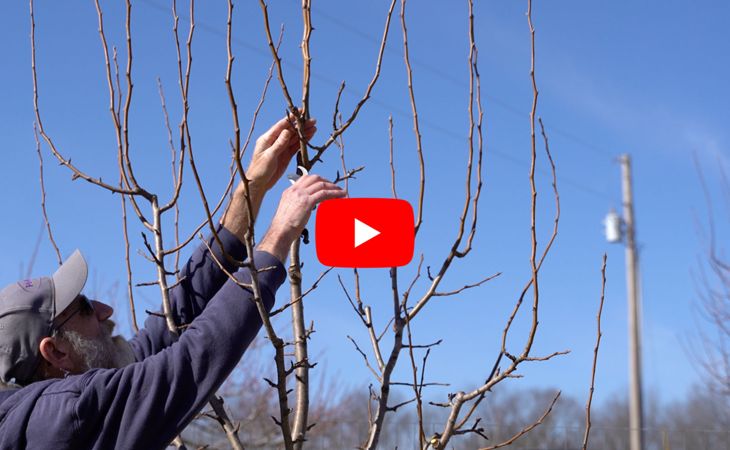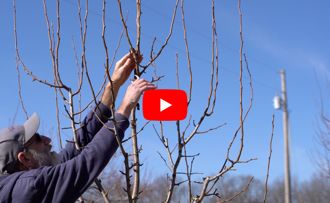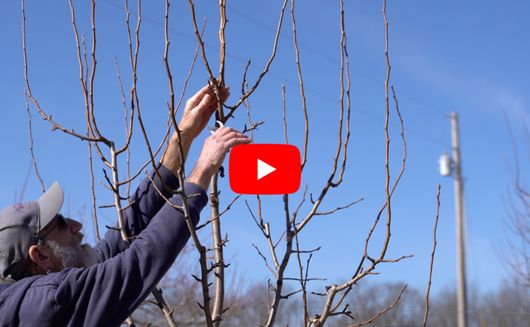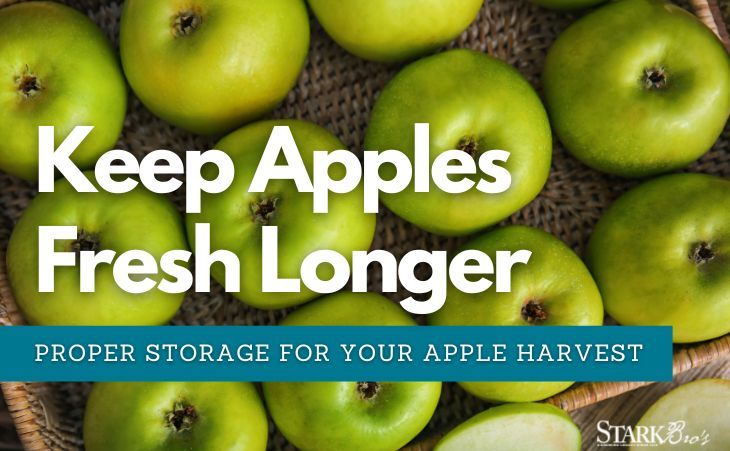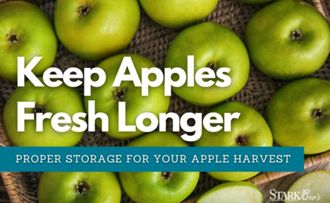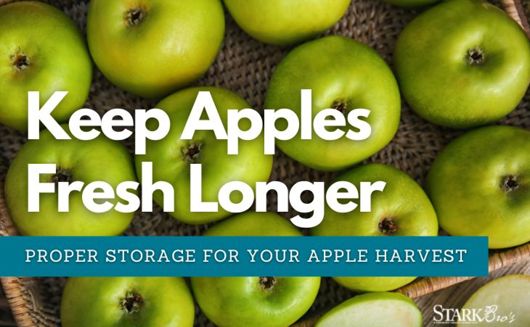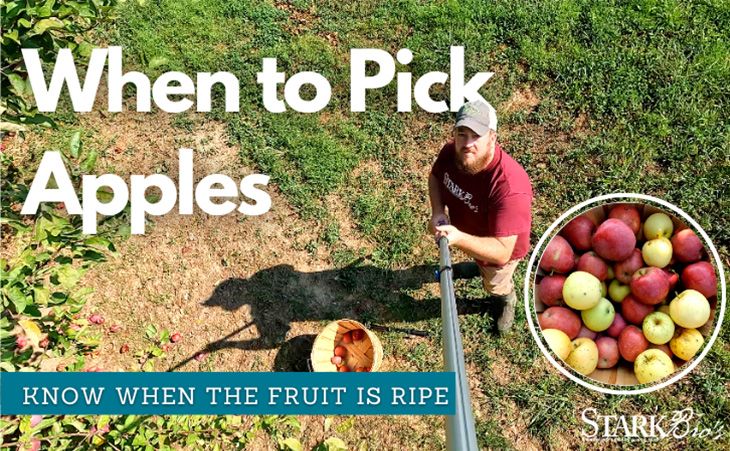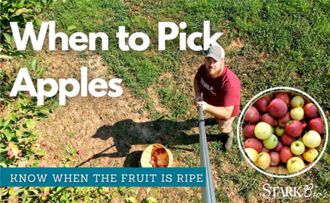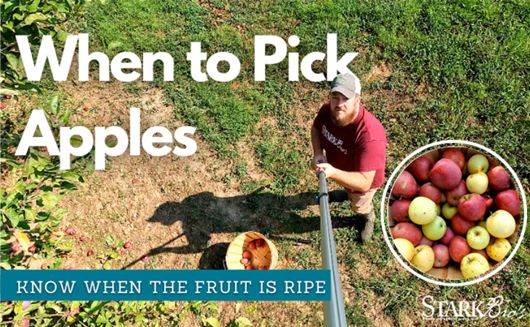How to Fertilize Mature Fruit Trees
Fertilize mature fruit trees in their fruit-bearing years to provide necessary nutrients that will keep well-established trees healthy and productive.
Well-established mature fruit trees that are in good health tend to thrive regardless of the season. Regular care and maintenance isn't time consuming, but it truly makes a difference in the life and longevity of a fruit tree. Even though they're already established, mature fruit trees may require additional nutrients than what the native soil can provide to remain healthy – especially if the trees are still in their fruit-bearing years.
This is why it's important to know about how and when to fertilize mature fruit trees.
The act of fertilizing older fruit trees isn't much different from fertilizing new fruit trees, but the fertilizer used – and the intent – slightly differs. Fertilizing in the later years of a fruit tree's life helps to encourage vigor and to support regular, heavy bearing.
When fertilizing established fruit trees, you should have:
- Older fruit trees – trees that have been in the ground for 3 or more years.
- A fertilizer of your choice, like Stark® Orchard Fertilizer, or a soil amendment like compost, well-aged manure, etc. (Fertilizer intended for use on mature fruit trees would be best.)
Directions:

- Read and follow the label for the product you are about to use.
- Stark® Orchard Fertilizer recommends 1/4 lb of fertilizer for each inch of trunk diameter.
- 4-inches of trunk diameter equates to a 1-lb application of Stark® Orchard Fertilizer.
- Apply fertilizer evenly to the root zone of the tree; specifically the drip line.
- The drip line is the circular area on the ground beneath the branch tips – the area where water "drips" after a good rain.
- Feeder roots best absorb moisture and nutrients in this area.
You should apply Stark® Orchard Fertilizer ONCE in spring, ideally starting two weeks before bud-break, but any time before July. Fertilizing too late in the season can cause trees to grow when they should be shutting down for the winter. This tender new growth, when pushed too late in the season, is also more susceptible to winter injury.
Read tips on how to fertilize your new or young fruit trees:
- Article Categories:
- How To Grow
- Spring Gardening


